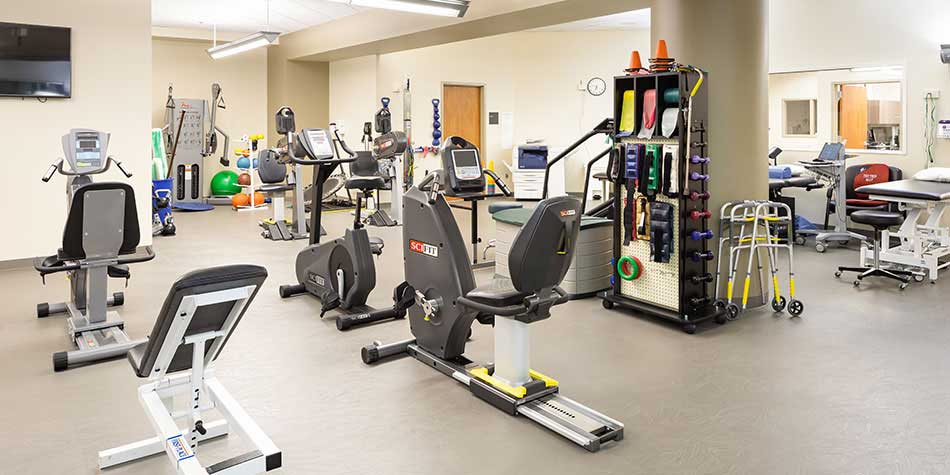Comprehending How Sudden Injuries Transform Sporting Performance Mechanics
Wiki Article
Acute injuries are sudden injuries that can occur during sports or fitness activities. These injuries can significantly affect an athlete's ability and overall wellbeing. Common instances of sudden traumas include twists, breaks, and strains. They occur rapidly and often result from incidents, such as falls, collisions, or incorrect movements. Comprehending how these traumas affect sports performance dynamics is important for sportspeople, trainers, and healthcare providers who interact with them.
When an athlete suffers an sudden injury, the immediate effects can be quite significant. Discomfort and swelling are frequent indicators that can restrict movement and function. For instance, a basketball athlete who injures an ankle may find it difficult to move or jog. This limitation can lead to a reduction in ability, as athletes may find it hard to compete at their usual level. Additionally, the mental effects of an incident can also play a role. Athletes might feel anxious or apprehensive about coming back to their sport, which can additionally impact their performance.
Rehabilitation from an sudden injury involves several stages, including rest, rehabilitation, and gradual return to activity. The initial emphasis is usually on controlling pain and swelling. Medical providers may advise cold therapy, compression, and elevation to help with healing. Once the acute stage has ended, therapeutic exercises become crucial. These activities help regain power, elasticity, and extent of movement. Athletes need to follow a systematic recovery plan to make certain they come back to their sport safely and effectively.
The long-term effects of acute traumas can differ. Some athletes may recover fully and return to their previous ability levels, while some may encounter ongoing challenges. Ongoing discomfort or fragility can emerge if an injury is not adequately managed. This circumstance can lead to a pattern of recurring injuries or alternative traumas in different parts of the body. It is crucial for players to be patient during the recovery process and to collaborate closely with healthcare providers to address any lingering concerns.
In summary, sudden traumas can significantly alter physical therapy for vestibular rehabilitation how players compete in their sports. The immediate physical and psychological effects can hinder performance and confidence. Rehabilitation involves attentive handling and therapy to guarantee that players can safely return to their activities. Understanding the dynamics of acute injuries can help all involved involved in athletics—from players to trainers to healthcare professionals—support those impacted and promote a safe re-entry to sporting ability.
